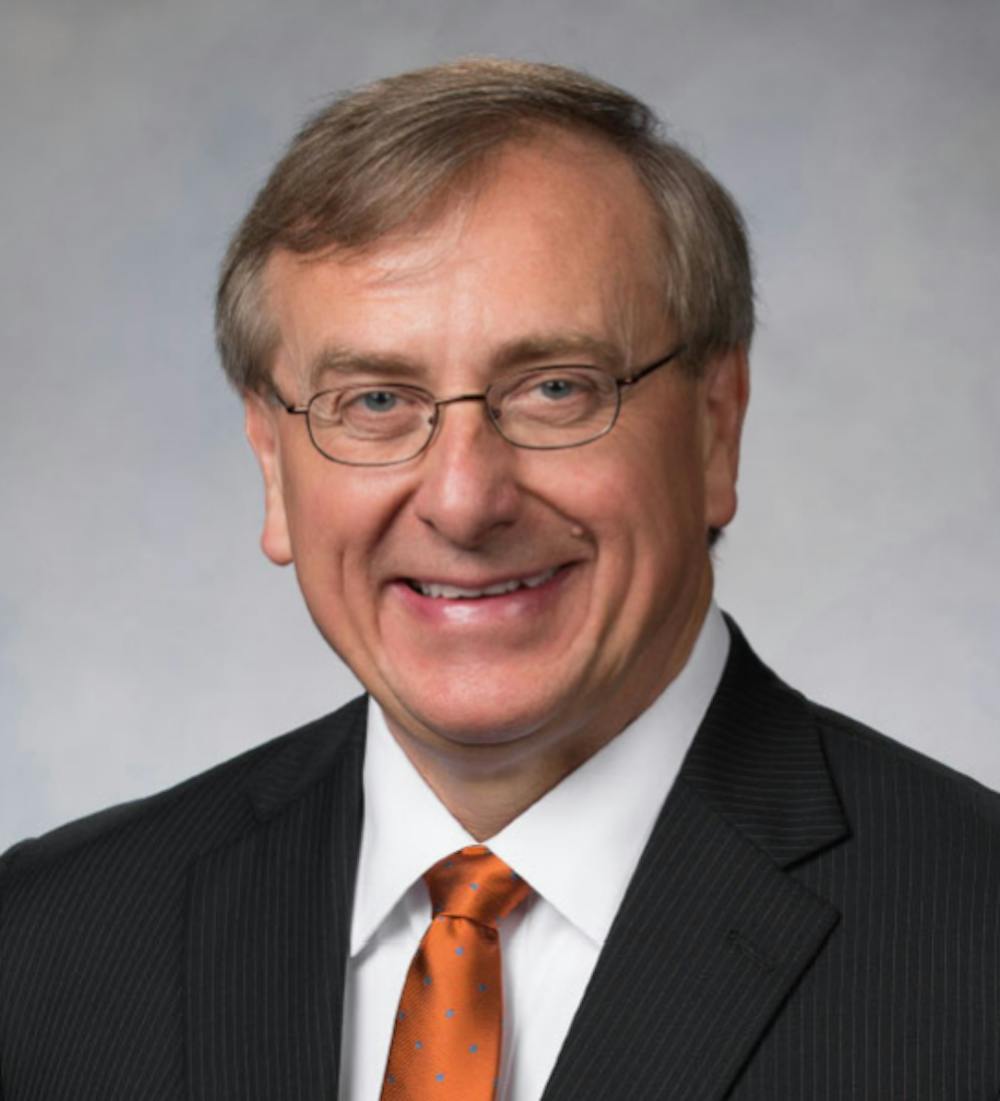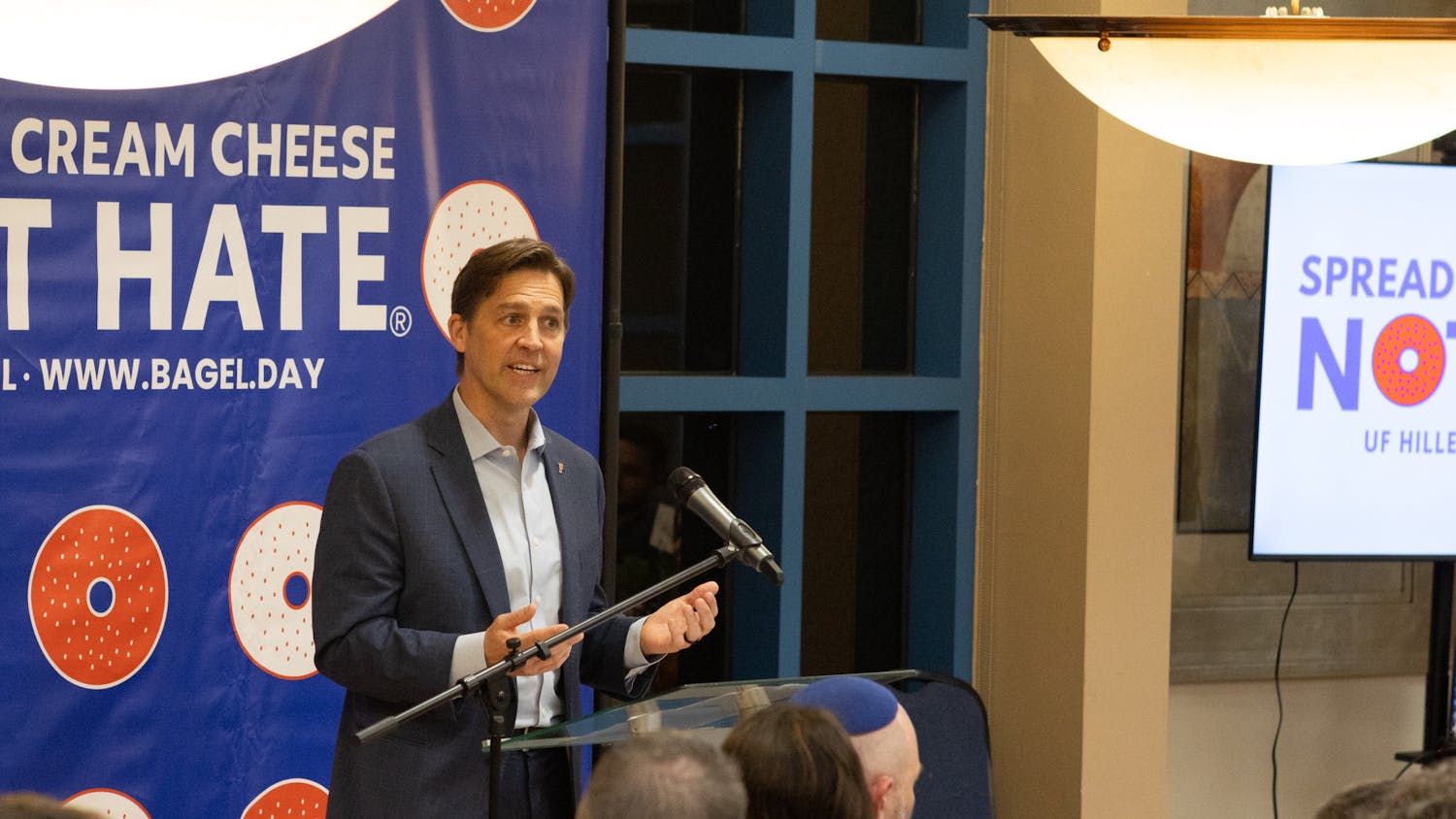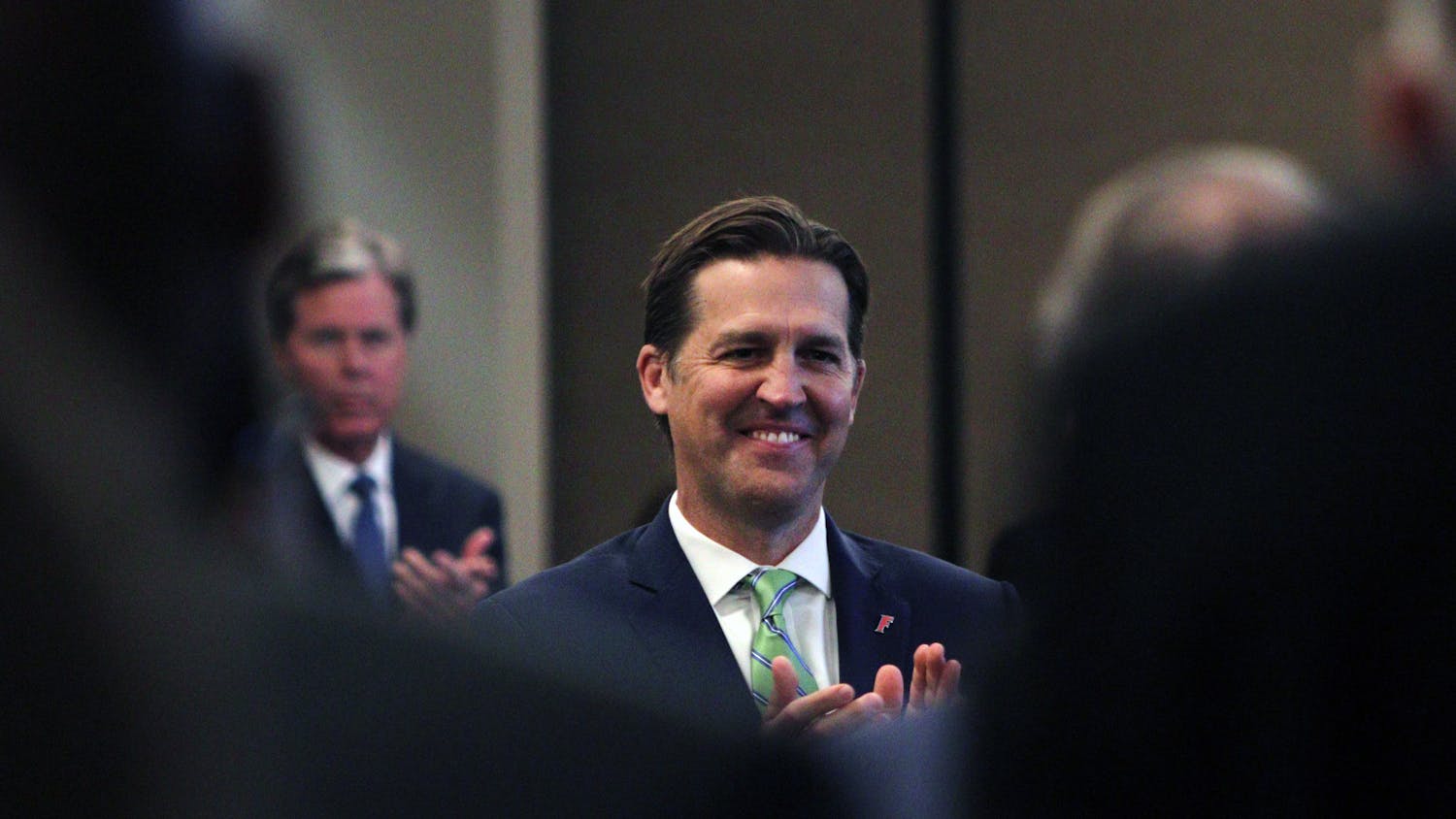A friend visiting Charleston, South Carolina, sent me a photo of a historic building with a prominent sign inscribed “Provost Dungeon.” My friend claimed the dungeon was where Charleston placed misbehaving provosts. I have also seen a plaque in New York City near city hall inscribed, “Near this site stood the Provost Prison, where patriots died for the cause of freedom 1776.”
Over time, the provost title has referred to jailers, military officers, ecclesiastical leaders and, more recently, university leaders. The provost is often not as well-known as other leaders on campus. I was a graduate student at the University of Illinois for five years and then a faculty member for 12 years. Although I knew many members of the administration, I did not know Illinois even had a provost until later.
At UF, the provost is not a jailer, military officer or an ecclesiastical leader. UF created the position in 1985 with the understanding that the provost would be the chief academic officer and the university’s second-ranking officer, serving as deputy president. From 1985 to the present, UF has had six provosts.
Last week, I attended a memorial service for the first, Bob Bryan, who lived in Gainesville and died during the holiday break at age 91. Bryan was a professor of English and an expert on the poet John Donne. He was provost when UF was invited to join the prestigious Association of American Universities, a transformational moment in our history. He stepped down to serve as interim president from 1989 to 1990. While interim president, he personally recruited and appointed Steve Spurrier as head football coach.
President Marshall Criser decided in 1985 there needed to be a single person responsible for the academic mission across the entire university with broad oversight responsibilities. According to university historian Carl Van Ness, provosts do today what presidents used to do. When the role of the UF president changed with Presidents Criser and John Lombardi, the provost position was created. Presidents now serve as public figures representing the university and procuring resources, while provosts decide how those resources will be allocated to accomplish the mission and enhance the stature of the university.
This academic year, UF lost another former provost with the death of Betty Capaldi Phillips in September. Phillips served as provost from 1996 to 1999, during Lombardi’s presidency. He said of her, "No one who had the opportunity to work with Betty was left unchanged by her remarkable intelligence, her exceptional commitment to the university's many missions, her charm and humor, and above all, by her drive and effectiveness, which required us all to do much more than we imagined possible."
When their appointments end, many provosts go on to other positions of leadership. Phillips, among her many academic positions, also served as Arizona State University’s provost and played an important part in ASU’s transformation into a uniquely large and effective university. Bob Bryan was not only interim president of UF, but also later served as interim president of UCF and USF. UF is blessed to have David Colburn, provost from 1999 to 2005, now serving as director of the Bob Graham Center for Public Service and a distinguished member of the UF history department. Having someone with Colburn’s experience and accomplishments on faculty is of considerable benefit to our current leaders.
Although I am frequently congratulated on the accomplishments of UF, in reality, that success is due to our entire community — particularly UF’s faculty, staff, students and many leaders, including department chairs, deans, vice presidents and especially the provost. For example, our current provost, Joseph Glover, is responsible for UF’s plan to move into the top 10 of public university rankings and our recent plan to raise our ranking to the nation’s top five of public universities.
I conclude with a challenge: The first UF student to email me a selfie with Provost Glover taken on Jan. 19 or later will be invited with their guest to join me in the President’s Suite for their choice of either the Orange and Blue game on April 14 or the first home football game of the fall season on Sept. 1, 2018.
Kent Fuchs is the President of the University of Florida.






